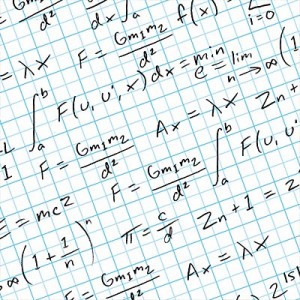The following is an excerpt from a teaching by Jetsunma Ahkon Lhamo called “Your Treasure is Heart”
It is very important to understand why we practice the Bodhichitta. First, we must examine the Buddha’s four noble truths: All sentient beings are suffering; they are suffering due to desire; there is a cessation of suffering; and the method for the cessation of suffering is presented in the eight-fold path, or as in our tradition, condensed into the path of wisdom and compassion. So we engage in the method for those reasons. Do you see the logic in that? All sentient beings are suffering. They are suffering from desire. However, there is an end to suffering, and this is the method. Characteristic of the Buddha’s teachings. it is logical, because in the Buddhadharma we’re not asked to do anything on blind faith. We’re asked to think it through. Once it seems reasonable, logical and true to us, then we are able to practice because that kind of logical activity is appealing. It seems realistic, and it makes sense to us.
So then the next thing we have to do is examine the thoughts that turn the mind toward Dharma. These thoughts that turn the mind toward Dharma are contemplations. They are interesting, thought-provoking, profound and deep sets of concepts and ideas, that help us to examine the six realms of cyclic existence and all their faults. It is extremely important that we examine them closely so that we can see that cyclic existence is a bit like a drug. We can therefore feel for ourselves how narcotic cyclic existence actually is. We begin to understand that cause and effect is absolutely true in every way within our lives. Literally every experience that we have, or have ever had, has been brought about by a cause that we ourselves created.
Actually, cause and effect relationships arise interdependently. They arise, not separately, but as one. Arising interdependently means that if we have created a cause, then just as surely as anything can be sure, we will live through the effect. Trust me on this. The effect can be modified. It can be delayed. It can be subdued. It can be dealt with effectively through certain kinds of practice, but we will still realize the effect of any cause that we have produced. If you really examine that particular teaching you will learn that virtuous activity, for instance, brings about happiness and good results. Non-virtuous activity, no matter how it looks at first, always brings about unhappiness and suffering. For example, if you stole a car, at first you might have a great time riding around in it, but eventually that event would ruin your life. If not this life, then surely in the future, it would bring about suffering and unhappiness for you, but you wouldn’t know that. Unless you have the training that cause and effect relationships are actually related, you won’t make the connection
Another thing that we learn on the Buddhist path by practicing this is the great skill of thinking in full equations. Do you know that most of the suffering in our life is because we cannot think in full equations? We think like chickens, “Over here this is happening, I’ll do this. Over there that is happening, I’ll do that.” It’s as disconnected as “whatever” to us. We just don’t get it. But the Buddhadharma teaches us to think in full equations.
So now we’re thinking in full equations and we’re turning our minds toward Dharma. This is a necessary step because we have to realize cause and effect relationships in order to really give rise to the Bodhichitta.
Copyright © Jetsunma Ahkon Lhamo. All rights reserved











